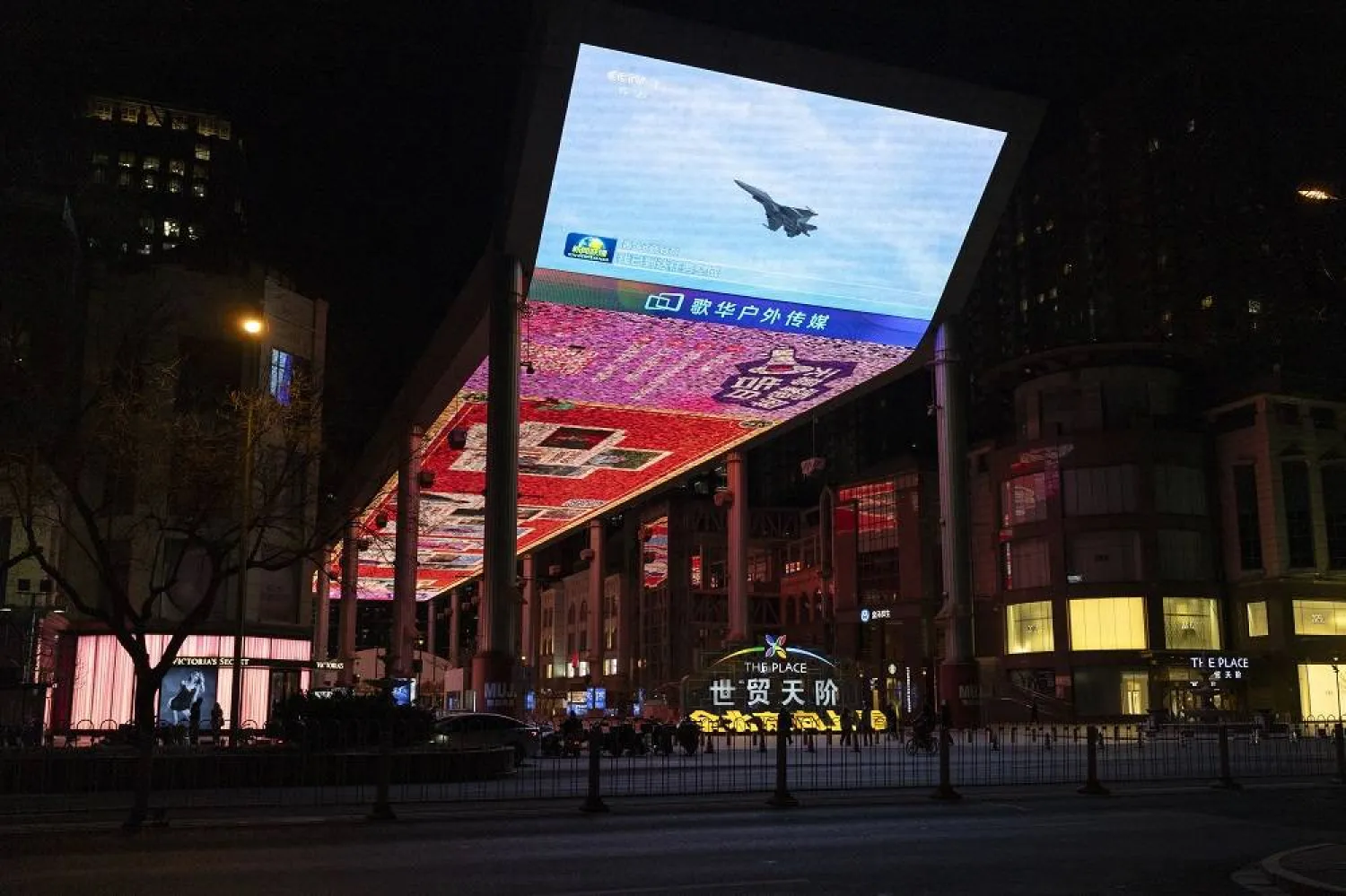New Year in Europe started with tension and active diplomacy.
While the huge Russian military build-up near the borders of Ukraine led to speculations about the possibility of an invasion, Russia claimed it is threatened. It sought security guarantees and delivered its demands in writing to the USA and NATO. The highest level officials of the USA and NATO ruled out an agreement on Russian requests, but they renewed their offer to meet and this time Russia accepted.
Three back-to-back meetings were arranged in the first half of January. The first one was bilateral strategic dialogue consultations between the USA and Russia. Then NATO-Russia Council met in Brussels on 12 January, the first time in almost three years. The next day, there was a meeting within the framework of the OSCE.
Opposing views and outcome of the meetings
Russia’s position; NATO is a threat, must not expand eastwards, must not establish itself near its borders, must withdraw from former Eastern Bloc countries.
NATO’s position; Russia is a threat, open-door policy is there to stay, it is the right for each nation to choose own security arrangements, military presence eastern part of the Alliance will continue as needed.
The meetings produced no tangible results. In any case, this was not what was expected from the January meetings. These meetings enabled both sides to state and register their positions, once again. NATO spelled out specifically what it will not do and stated in general what could be considered. At this stage, the meetings basically served to release steam. Whether this was no more than a futile attempt or the first round of a process and the warming up for a new set of arms agreements remain to be seen.
The eastern part of Eurasia is also active
What happened in Kazakhstan is part of the same picture.
We need to recall the updated version of the National Security Strategy of the Russian Federation which was signed by President Putin on 2 July 2021 sets the goals of Russian foreign policy and ways to achieve them.
This strategy emphasizes;
-deepening cooperation with CIS member states bilaterally and also within the framework of integration associations, the Eurasian Economic Union and the Collective Security Treaty Organization,
-helping to eliminate and prevent hotbeds of tension and conflict on the territories of neighboring states with Russia,
-increasing the role of Russia in peacekeeping activities,
-supporting allies and partners of Russia in dealing with issues related to defense and security, neutralizing attempts to interfere in their internal affairs.
I think what we witnessed in Kazakhstan is the implementation of all of the above and more.
Upon President Tokayev’s invitation, 2500 peacekeepers of the Russian-led Collective Treaty Security Organization (CTSO) moved into Kazakhstan. Riots were put down and according to reports, 10 days later all peacekeepers left.
In that way; the Russians demonstrated that the Organization is functional and it can deploy troops with a high level of preparedness at very short notice.
In other words, Russia demonstrated its ability and willingness to move into its sphere of influence under the umbrella of the organization whenever it deems necessary.
Eurasia is a single theater in international politics
Central Asia, the hearth of the ancient Silk Road, is so important for all nations once again. Its geographic location makes it an imperative transit route. Vast natural resources are sources of wealth, even though the distribution of this wealth is problematic.
On the other hand, the same geographic location makes them vulnerable to potential religious extremism and renewed Great Game-like competitions.
In this regard, what comes and goes around in Central Asia is vital for Russia and China in terms of implications on their own Muslim populations.
Russia and China are fully present in the region. In case of security it is more of Russia and in case of economy and investment it is more of China. These two nations have also demonstrated their ability to cooperate in the military field by conducting massive joint exercises.
The USA is now basically remembered with its disappointing in all senses performance in Afghanistan and the consequences of its hasty withdrawal.
A new player in the region is the Organization of Turkic States. It does not have a military dimension, but who knows what future may bring.
In conclusion;
-Russia has established a self declared sphere of influence/zone of self protection and seems determined to hold on to it with all means possible.
-Russia may have concerns, but so does the West and for good reason.
-With so many sophisticated and advanced weapons and technology, in the event of a war, everyone is destined to lose one way or another. Therefore, no matter how complicated problems are, diplomacy is the best way to achieve a lot, if given a chance.
-At his press conference after the January meeting, among other things, NATO Secretary General mentioned arms control, disarmament and non-proliferation. Why not a new generation of CSBM’s and arms control mechanisms of the 1990s?
-At present Ukraine appears to be the danger zone. But let us not lose sight of other potential trouble spots. In this regard, I hope that Bosnia does not turn out to be the spot to make Ukraine the much easier crisis to solve









